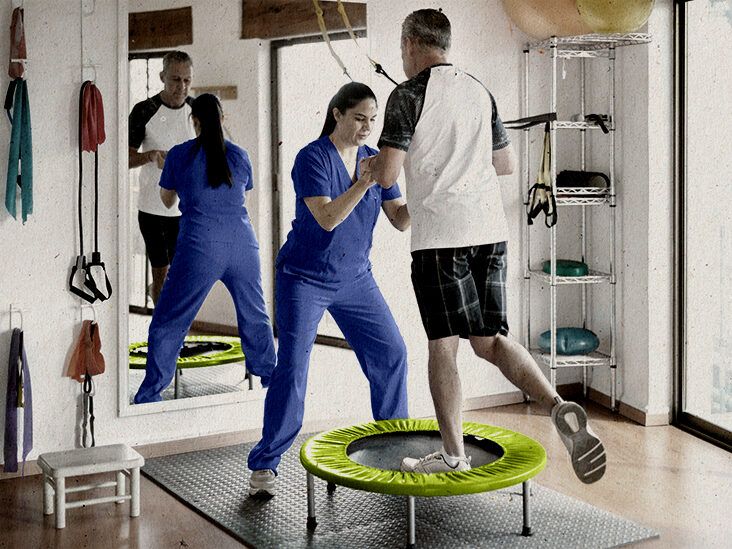Exploring the Diverse Methods of Physical Rehabilitation for Enhanced Healing and Restoration
Exploring the Diverse Methods of Physical Rehabilitation for Enhanced Healing and Restoration
Blog Article
Physical therapy is an important field that assists individuals heal from traumas, operations, and various health issues. It entails a variety of methods designed to improve mobility, reduce discomfort, and enhance general physical capability. Physical therapists are trained professionals who evaluate each client’s requirements and develop customized treatment plans. These programs often include exercises, manual therapy, and instruction about physical mechanics. By employing these diverse techniques, physiotherapy can significantly enhance a patient’s standard of life.
One common technique used in physiotherapy is rehabilitative exercise. This involves targeted actions and exercises that help strengthen muscle strength, improve range of motion, and boost endurance. For example, a client recovering from knee operation may engage in exercises that concentrate on rebuilding power in the leg muscles. These activities are meticulously chosen based on the individual’s status and goals. By gradually boosting the difficulty and challenges of the exercises, physiotherapy therapists can help patients recover their strength and mobility over a period.
Another important method is manual therapy, which includes physical approaches to manipulate the human body soft tissues and joints. This can entail stretching, mobilization, and manipulation. Manual treatment aims to alleviate pain, reduce swelling, and enhance circulation. For example, a therapist may apply gentle pressure to relieve tension in stiff muscle groups or to help a joint move more smoothly. This technique is often integrated with other treatments to improve rehabilitation and promote healing. Clients often consider hands-on treatment to be a soothing and beneficial way to control their discomfort.
In furthermore to workouts and manual treatment, education plays a vital part in physical. Therapists teach clients about their conditions and how to handle them effectively. This may entail guidance on correct posture, body movements, and techniques to prevent subsequent injuries. For instance, a therapist might demonstrate a client how to lift heavy items safely to prevent straining their spine. By enabling patients with understanding, physiotherapy therapists help them assume an active part in their recovery and encourage long-term health and fitness.
Ultimately, technology is progressively being integrated into physiotherapy practices. Tools such as ultrasound, electrotherapy stimulation, and immersive reality can improve traditional treatment approaches. These technologies can help alleviate discomfort, promote recovery, and provide engaging methods for patients to engage in their recovery. For instance, immersive environments can create engaging settings for patients to rehearse actions in a safe plus protected environment. As technology continues to develop, it offers promising possibilities for improving rehabilitation outcomes in physical.
In conclusion, physical includes a variety of straight from the source methods that work in unison to assist recovery and healing. Through rehabilitative activities, hands-on therapy, patient education, and the application of technology, physical practitioners offer holistic care customized to each patient’s requirements. This holistic method not only helps clients regain their bodily abilities but also enables them to maintain their health in the long-term future. As more people acknowledge the benefits of physiotherapy, it continues to serve a vital part in the pathway toward improved health and fitness.